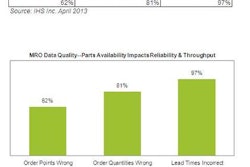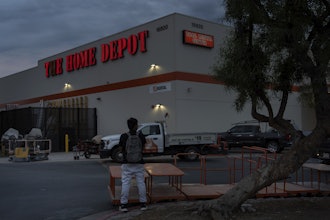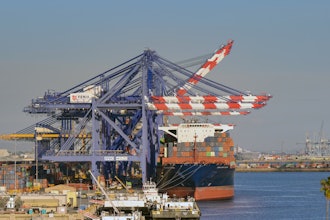Tompkins International experts show what is driving the LSP industry to 7-10 percent growth in 2013.
Tompkins International experts recently reviewed the 3PL industry for 2013 and agree that it is growing at a faster rate than gross domestic product (GDP). However, Tompkins anticipates more aggressive growth than the 6 percent cited by other sources.
“Global GDP is expected to expand by 2.2% and less than 2% in the U.S.,” says Valerie Bonebrake, Senior Vice President, Tompkins International. “Tompkins believes 3PL growth will be three to four times GDP, or 7 to 10 percent for 2013.”
What is driving this growth?
Rise in outsourcing: As mid-market traffic managers retire, non-asset transportation brokers such as Coyote, TQL, and Blue Grace Logistics are stepping in. These companies are growing at record pace. Contract logistics outsourcing, including fleet and warehousing, is also on the rise.
Increase in US-Mexico cross traffic: There is renewed interest in outsourcing over the border as long lead times and rising costs cause shippers to reconsider their Asia strategy. Manufacturers are increasingly looking to Mexico to take advantage of shorter lead times and reduce overall product costs.
New global opportunities: Emerging markets across the globe are complicating supply chains and increasing the need for logistics handling by 3PLs. Shippers are looking to leverage fewer relationships globally, often using a Lead Logistics or 4PL provider. The top 50 global 3PLs continue to grow, and comprise a larger percentage of the overall market now representing almost half of the total market.
Need for new services and technologies: When it’s tough to get funding for technology projects, headcount, or new facilities, shippers often turn to third parties to meet their needs. For example, retailers scrambling to figure out how to best adapt to changing channel requirements are turning to third parties for technology, fulfillment services, and final mile delivery.
Tompkins also says 3PLs will continue to grow through a combination of acquisition and organic growth, but with buyers sometimes coming up short, organic growth gains importance.
For more information on this topic, please visit www.tompkinsinc.com.























